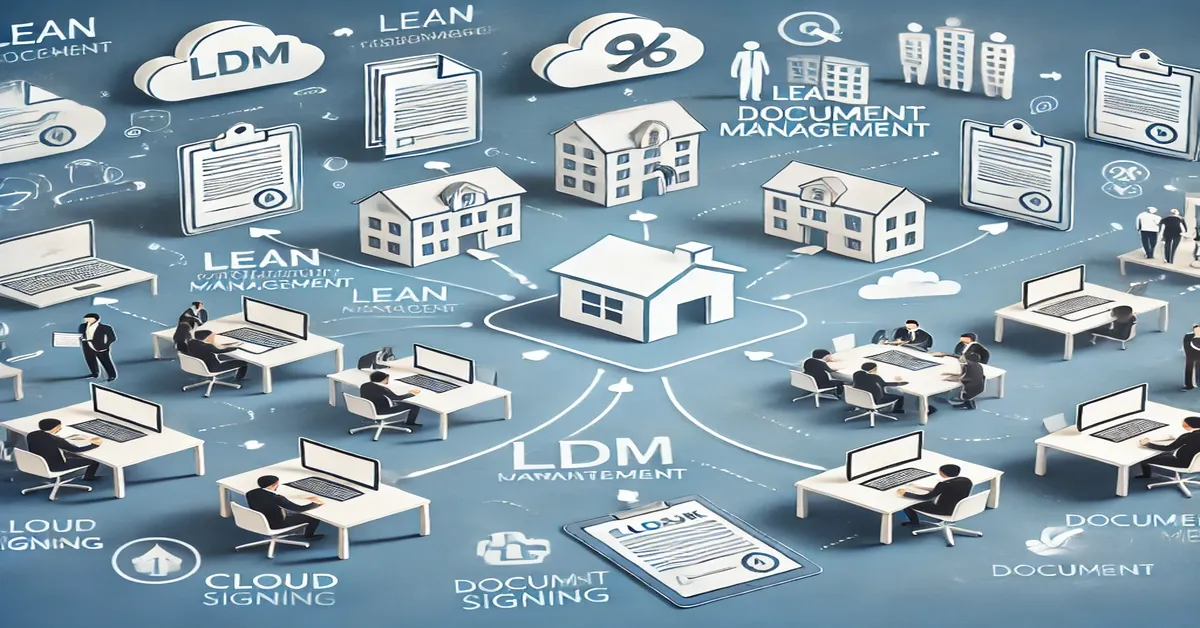Union Pacific Railroad, one of the largest and most iconic railroad systems in the United States, has played a significant role in the country’s economic development. Over the years, the company has grown from a single transcontinental railway to a vast network that spans several thousand miles across the United States. Within this broad infrastructure, the term “1031” often surfaces, particularly in discussions involving real estate and investment. However, “Union Pacific 1031” may refer to different aspects, depending on the context. This union apacific 1031 article will explore the possible connections, focusing on Union Pacific’s business model, investments, and potential real estate transactions related to the IRS code 1031, which allows tax-deferred exchanges of investment properties.
In this article, we will delve into the various facets of Union Pacific, its relevance to the term 1031, and its impact on the business, real estate, and investment landscapes.
2. What is Union Pacific?
Union Pacific (UP) is an American freight railroad system that has been in operation since 1862. The company was established as part of the Pacific Railway Act, signed by President Abraham Lincoln, and it was charged with the monumental task of building the first transcontinental railroad. Today, Union Pacific operates in 23 states west of the Mississippi River and provides freight hauling services across a variety of industries, including agriculture, automotive, chemicals, coal, industrial products, and intermodal transport.
Union Pacific’s railroad network consists of over 32,000 miles of track, making it one of the most extensive in North America. The company is known for its advanced technology and continuous innovation in transportation, making it an essential contributor to the U.S. economy and global supply chain. Union Pacific plays a critical role in transporting goods across long distances, efficiently moving products from coast to coast. Additionally, its infrastructure and logistics services are critical for many industries that rely on bulk transportation of raw materials and finished goods.
Over the years, union apacific 1031 has consistently ranked among the top rail freight carriers in the country. With a strong focus on customer satisfaction, innovation, and safety, Union Pacific is known for being one of the most reliable and efficient railroad companies in North America.
3. Understanding 1031 Exchanges
To understand the connection between Union Pacific and “1031,” it’s essential to first explore what a 1031 exchange is. Section 1031 of the U.S. Internal Revenue Code allows investors to defer paying capital gains taxes on the sale of investment properties, provided the proceeds are reinvested in a “like-kind” property. This provision is primarily used in real estate transactions, where investors can sell a property and use the proceeds to purchase another without immediately incurring tax liabilities. The 1031 exchange is a tax-deferment strategy widely used by real estate investors, corporations, and businesses looking to upgrade or change their asset portfolios.
There are a few important rules associated with 1031 exchanges, including:
- Like-kind property: The exchanged properties must be of a similar nature, such as exchanging one real estate asset for another.
- Time limits: Investors must identify a replacement property within 45 days and complete the exchange within 180 days.
- Intermediary requirement: The investor cannot receive the proceeds of the sale directly; instead, a qualified intermediary must hold the funds until the new property is acquired.
While 1031 exchanges are most often associated with real estate, they can also apply to other types of property in certain cases, including business assets.
4. The Connection Between Union Pacific and 1031
The link between Union Pacific and 1031 likely arises from real estate and investment dealings, as large corporations like Union Pacific frequently manage substantial amounts of land and other property. Given Union Pacific’s extensive ownership of real estate assets, including rail yards, terminals, and land along railroad tracks, the company may utilize 1031 exchanges as a way to strategically manage and optimize its property portfolio without incurring immediate tax liabilities.
Union apacific 1031 has a significant presence in real estate due to its vast railroad network, which requires large tracts of land for operations. From time to time, Union Pacific may sell off portions of its property that are no longer essential to its operations, particularly as it adapts to technological advancements and changing industry needs. When the company sells such property, a 1031 exchange might be employed to reinvest the proceeds into other properties that better serve its current and future business goals.
By utilizing 1031 exchanges, Union Pacific can defer capital gains taxes, thus freeing up more resources for reinvestment. This helps the company maintain its financial health while continuing to grow and expand its business. Moreover, tax-deferment strategies like the 1031 exchange align with the long-term investment strategies that companies like Union Pacific often employ.
5. Union Pacific’s Real Estate Portfolio
Union apacific 1031 owns and manages a considerable real estate portfolio that includes land used for rail operations, as well as surplus property that may no longer be necessary for current business needs. The company’s real estate assets are located in prime areas across the western United States, offering significant value both for operational purposes and for potential sale or development opportunities.
When union apacific 1031 sells land or other real estate assets, union apacific 1031 may seek to reinvest in new properties that are better aligned with its evolving transportation network or broader business needs. This is where a 1031 exchange could play a role. By leveraging 1031 exchanges, Union Pacific can strategically sell properties and acquire new ones in a tax-efficient manner.
Some of the real estate holdings that Union Pacific may consider exchanging include:
- Rail yards: These are crucial hubs where goods are transferred between trains, trucks, and other forms of transportation. As transportation technology advances and business needs shift, Union Pacific may choose to sell older or underutilized rail yards and reinvest in new, more efficient ones.
- Land adjacent to rail tracks: Union Pacific owns significant acreage along its railway tracks, much of which could be sold or leased to developers for industrial, commercial, or even residential projects.
- Surplus land: Union Pacific may hold land that is no longer necessary for rail operations, which can be sold off as part of a 1031 exchange to acquire more strategically valuable properties.
6. The Strategic Importance of 1031 Exchanges for Union Pacific
For a company like Union Pacific, whose assets include a mixture of operational properties and surplus land, the use of 1031 exchanges provides a powerful tool to optimize the real estate portfolio. By deferring capital gains taxes, Union Pacific can redirect the funds from property sales into new investments without being immediately impacted by tax obligations. This allows the company to maintain flexibility in managing its assets while preserving capital for future investments.
Additionally, by utilizing 1031 exchanges, Union Pacific can focus on acquiring properties that are more strategically aligned with its business objectives, such as upgrading to more modern facilities or acquiring land in areas with higher growth potential. This tax-deferral strategy ultimately helps the company remain competitive in the rapidly evolving transportation and logistics industry.
7. Challenges and Considerations in 1031 Exchanges
While 1031 exchanges offer significant benefits, there are also challenges and risks that companies like Union Pacific must consider. The strict timelines for identifying and closing on replacement properties can be a limiting factor, especially for large corporations with complex real estate transactions. Additionally, finding “like-kind” properties that meet the company’s needs within the designated timeframe may pose a challenge, particularly if the real estate market is competitive or if the company’s requirements are specific to certain locations.
Union Pacific also needs to ensure that it complies with all the IRS regulations governing 1031 exchanges, including working with qualified intermediaries and adhering to the 45-day and 180-day rules. Failing to meet these requirements could result in the disqualification of the exchange and the loss of tax deferral benefits.
8. Future of Union Pacific and 1031 Exchanges
As union apacific 1031 continues to evolve and modernize its transportation infrastructure, the company will likely continue to rely on strategic real estate transactions and tax-deferment strategies such as 1031 exchanges. The transportation industry is undergoing significant changes, driven by technology, environmental considerations, and shifts in global trade patterns. Union Pacific is well-positioned to capitalize on these changes, and by strategically managing its real estate portfolio, it can maintain its leadership position in the industry.
In the future, Union Pacific may further leverage 1031 exchanges to optimize its properties, ensuring that it has the infrastructure in place to meet the demands of modern logistics and transportation. Whether it’s upgrading rail yards, acquiring new land for future expansion, or selling surplus property, Union Pacific’s ability to efficiently manage its real estate assets will remain a key factor in its long-term success.
9. Conclusion
Union Pacific’s role in the U.S. transportation sector is undeniable, and the company’s vast real estate holdings play a critical role in its operations. By utilizing 1031 exchanges, Union Pacific can strategically manage its property portfolio, reinvesting in new assets while deferring taxes. This allows the company to remain financially agile, ensuring that it can continue to grow and adapt to the evolving needs of the transportation industry.
As the industry continues to evolve, Union Pacific’s real estate transactions and investment strategies, including the use of 1031 exchanges, will remain a vital part of its business model, helping the company maintain its position as a leader in the rail freight industry.
Read: iObserver Beta: Caregility Net Notifications – A Comprehensive Guide
FAQs
1. What is a 1031 exchange?
A 1031 exchange, under the U.S. Internal Revenue Code, allows investors to defer capital gains taxes on the sale of an investment property by reinvesting the proceeds into another “like-kind” property.
2. How does Union Pacific use 1031 exchanges?
Union Pacific may use 1031 exchanges to sell surplus real estate assets and reinvest the proceeds into properties that better align with its operational and business goals, while deferring taxes.
3. What kind of real estate does Union Pacific own?
Union Pacific owns a variety of real estate assets, including rail yards, land adjacent to rail tracks, terminals, and surplus land, most of which are integral to its transportation network.
4. What are the time limits for a 1031 exchange?
In a 1031 exchange, the investor must identify a replacement property within 45 days of the sale and complete the exchange within 180 days.
5. What are the benefits of using a 1031 exchange for Union Pacific?
The primary benefit is the deferral of capital gains taxes, allowing Union Pacific to preserve more capital for reinvestment in new properties, improving financial flexibility.
6. Are there any risks involved in a 1031 exchange?
Yes, there are risks, including the strict timelines for identifying and completing the exchange and the requirement to find suitable “like-kind” properties within those timeframes.










